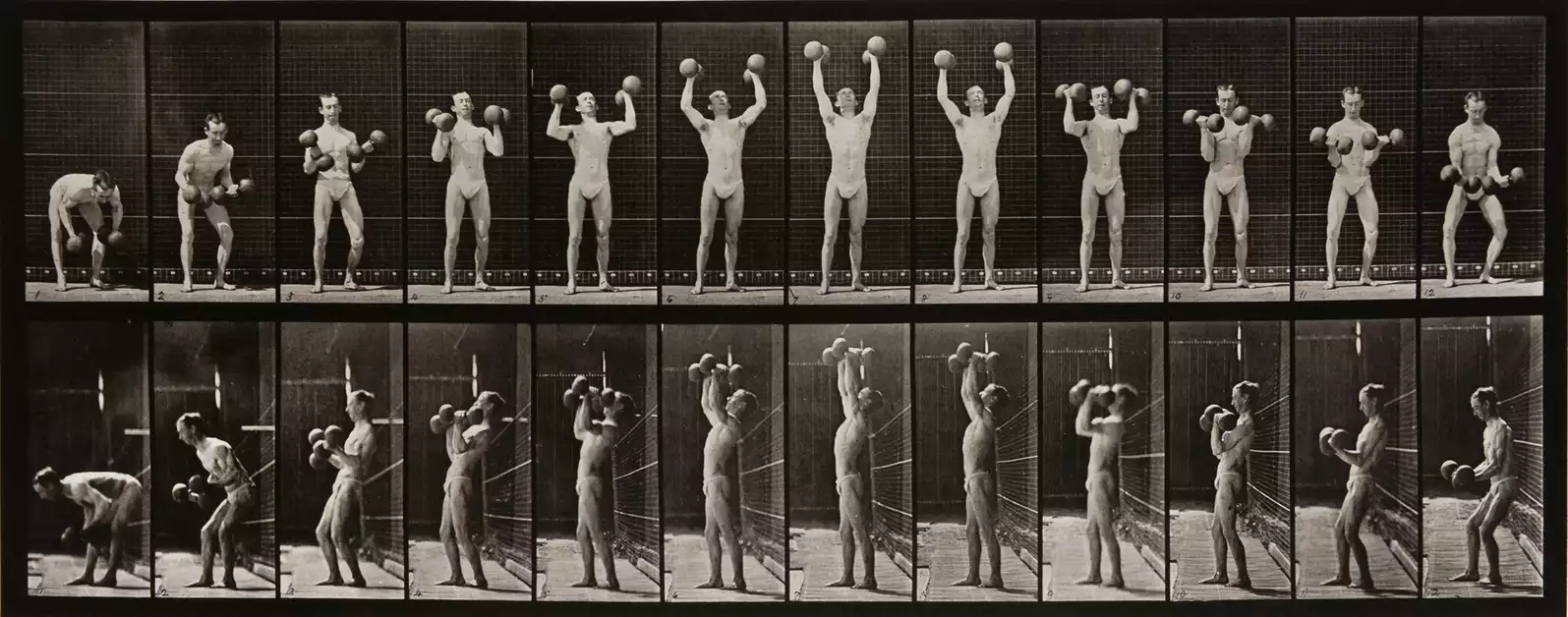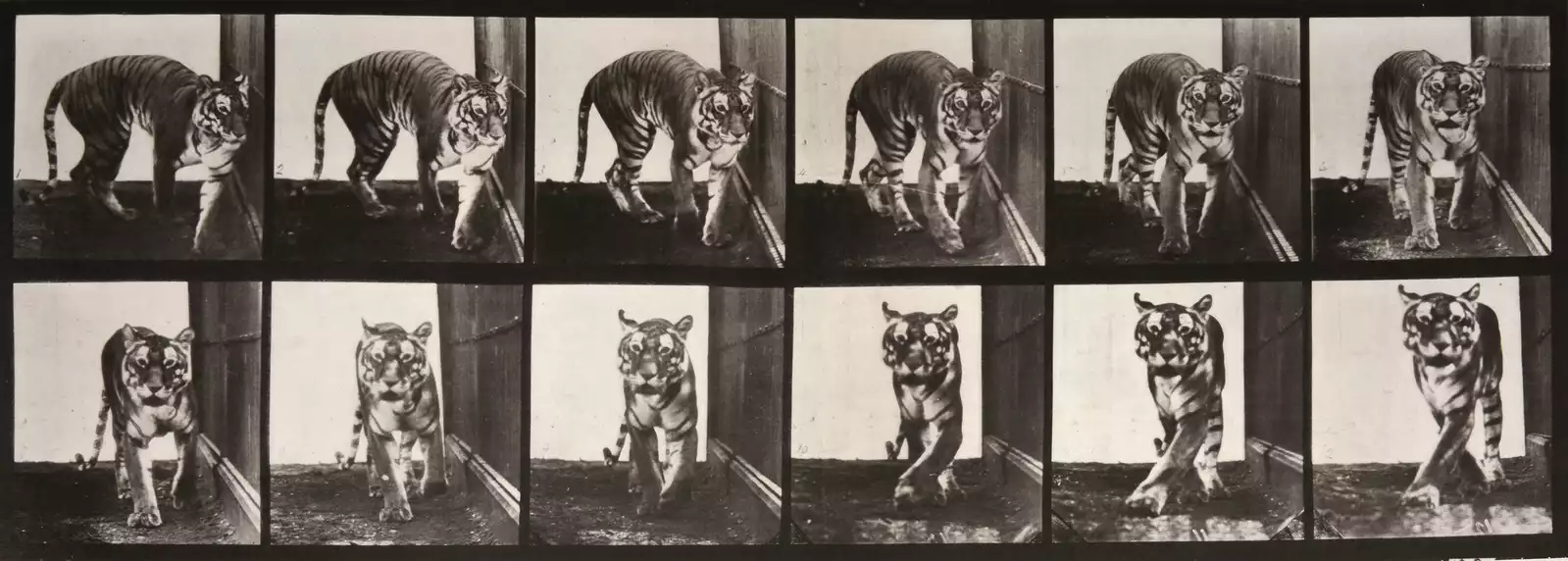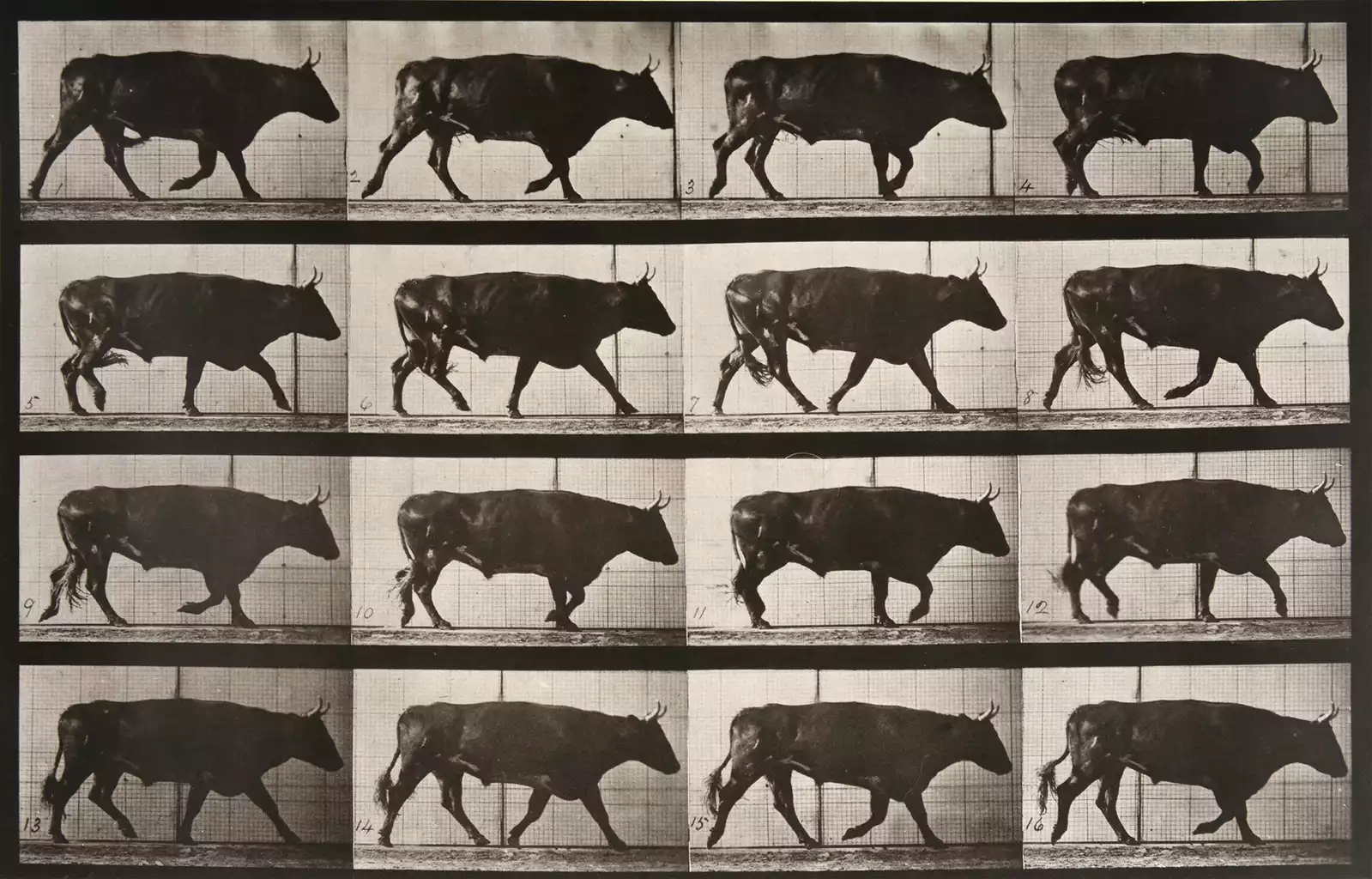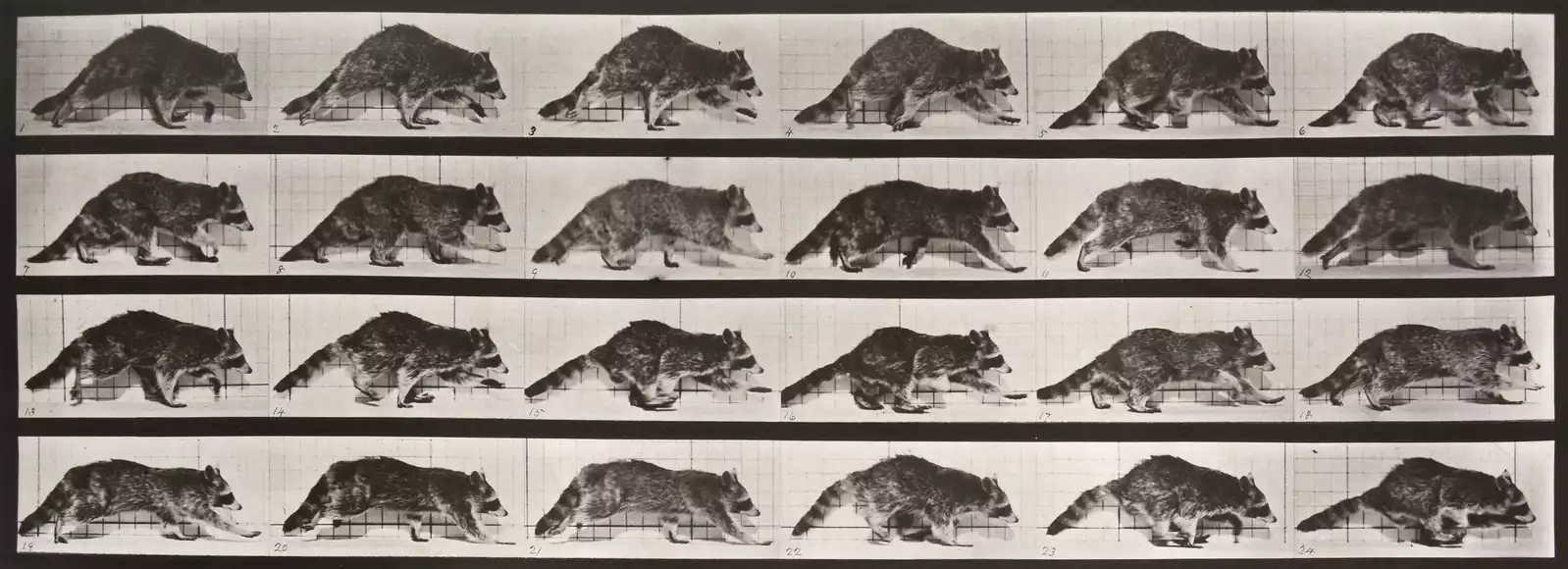Muybridge’s photographs fundamentally changed understandings of movement. He invented the first machine to project moving photographic images, the "zoopraxiscope", which could be used to animate entire sequences of photographs, anticipating the rise of cinema. His work contributed enormously to the science of physiology and biomechanics.
Eadweard Muybridge Prints For Sale (3):
Artist Biography
Muybridge emigrated to the United States as a young man and during his first decade in America he worked as a bookseller in both New York and San Francisco under the name of E. J. Muygridge, trading in photographs and engravings as well as publications. After sustaining serious head injuries in a stagecoach crash in Texas he returned to the UK for a five-year period where it is thought he took up photography. Upon his return to America, he reinvented himself as “Muybridge”, and quickly established a successful career as a landscape photographer, producing dramatic views of both Yosemite and San Francisco. His reputation for being an adventurous and progressive photographer led him to work as both a war and official government photographer.
In 1872, racehorse owner and former Governor of California, Leland Standford, hired Muybridge to photograph his horse galloping in order to discover whether all four of the animal’s hooves were lifted off the ground at the same time, which was a popular debate at the time. In order to photograph the horse at speed, Muybridge engineered a system of multiple cameras with trip wire shutter releases to capture each stage of the movement. The project took Muybridge five years. In the June of 1878, Muybridge’s photographs proved conclusively, for the very first time, that a galloping horse lifts all four hooves off the ground. The effects of Muybridge’s discovery were seismic. Newspapers, although not able to reproduce photographs, depicted the images as woodcuts, and Scientific American published drawings of the photographs. Artists, including Edgar Degas and Thomas Eakins began to reference the photographs in order to make their paintings closer to life. Muybridge toured Europe with his photographs, where his astonished audiences included William Gladstone, Alfred Lord Tennyson and the Prince of Wales, the future King Edward VII.
Muybridge quickly found another sponsor for his next body of work in the University of Pennsylvania. “Animal Locomotion” (1884 to 1887) was to become Muybridge’s most influential and enduring body of work. Funded entirely by the University of Pennsylvania, the project became a wide-ranging systematic study of movement, breaking new ground in terms of both science and the emerging art form of photography. Each plate in the series shows the same subject in sequential phases of one movement. Muybridge recorded varied forms of movement in a wide range of animals (mostly taken at Philadelphia zoo), from pigeons in flight to the subtleties of gait found in sloths, kangaroos and capybaras. Muybridge also documented human subjects engaged in walking, running, descending staircases as well as engaging in activities such as boxing, fencing, weight lifting and wrestling. The imagery of ‘Animal Locomotion’ had a profound impact on a huge range of subsequent artists, including Marcel Duchamp, Francis Bacon, Jasper Johns and Cy Twombly.
During his time at Pennsylvania, Muybridge greatly improved on the previous technical capabilities of his equipment, developing a clockwork motor to fire the camera shutters in sequence. This meant he could document rapid or subtle motion without having to depend on the subject’s movements to trigger a shutter. Muybridge extended his original set of cameras from 12 to 24, and set up an extra two separate batteries of cameras to capture rear and angled views. Muybridge took over 20,000 photographs in the three years he spent working on the project, ruthlessly editing the final selection down to 781 plates.





